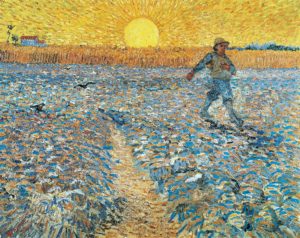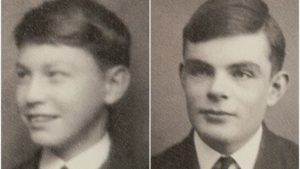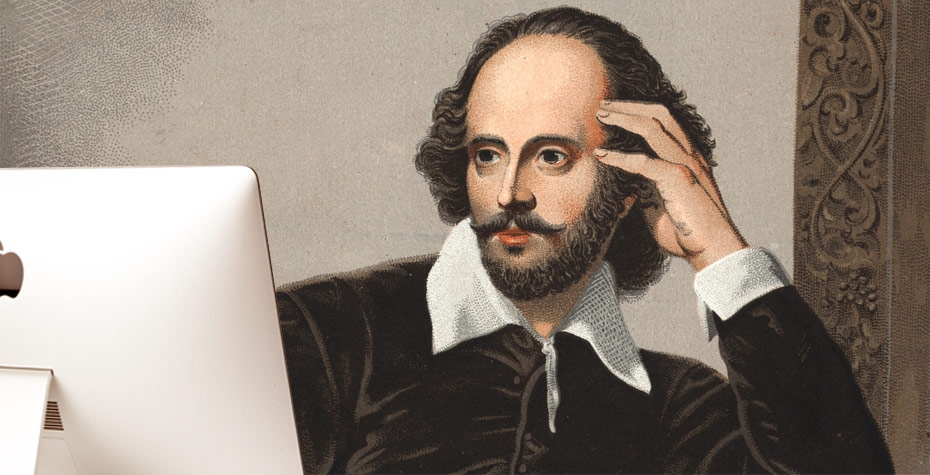
Vincent Van Gogh, “The Sower”
If Jesus designed a website he would probably use parables.
Consider this example of how to test a market;
“A farmer went out to sow his seed. As he was scattering the seed, some fell along the path; it was trampled on, and the birds ate it up. Some fell on rocky ground, and when it came up, the plants withered because they had no moisture. Other seed fell among thorns, which grew up with it and choked the plants. Still other seed fell on good soil. It came up and yielded a crop, a hundred times more than was sown.”
-Luke 8:5
There is never a perfect moment for launching a site, but once launched we measure:
-
The audience we didn’t reach – the seed that withered and died.
-
The audience that had a negative reaction – the seed trampled on.
-
The audience that multiplied a hundred-fold – the seed on good ground.
It helps the client understand that the marketing of a site is not a perfect process and needs to be constantly adapted to the shifting conditions.
————–



